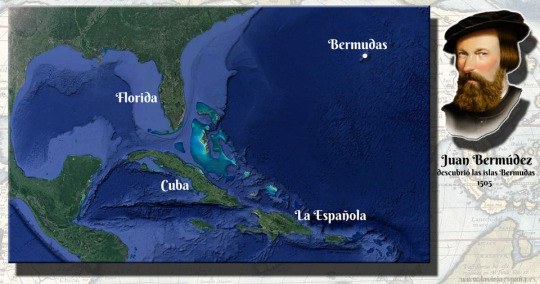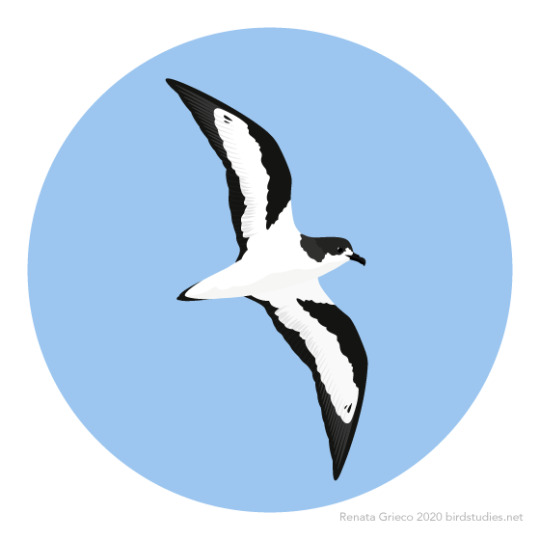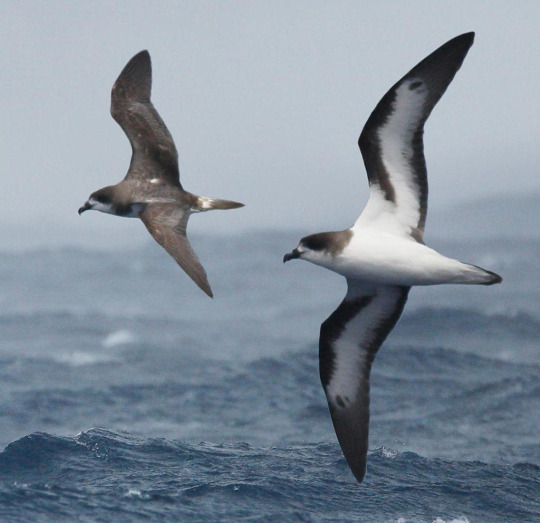#cahow
Explore tagged Tumblr posts
Text
BOTD: Bermuda Petrel

Photo: Miguel A Mejias, PhD.
"Endangered Atlantic Ocean seabird that nests on Bermuda and disperses widely when not breeding. When not nesting, it can only be seen far from land, where it often flies in swooping arcs with little flapping. Locally known as 'Cahow', it very nearly went extinct in the mid-twentieth century, but was returned from the brink largely due to the heroic efforts of local conservationists."
- eBird
#birds#bermuda petrel#birds of north america#north american birds#cahow#petrels#seabirds#sea birds#gadfly petrels#birds of the us#birds of canada#birding#bird watching#birdblr#birblr#bird of the day#Pterodroma cahow
71 notes
·
View notes
Text

Bank Grill, Back of Eddie Cahow's Barber Shop, Chapman, Nebraska, Photo by Wright Morris, 1942-47
49 notes
·
View notes
Text
learned about this Bermuda Cahow Cam twt account today and i cannot get over this ball of lint babything...


this beast
24 notes
·
View notes
Text

Juan Bermúdez fue un navegante español del siglo XVI nacido en la localidad onubense de Palos de la Frontera Huelva. Su fama se debe principalmente al descubrimiento de las islas Bermudas, que recibieron ese nombre en su honor. Se desconoce la fecha de su nacimiento Juan Bermúdez formó parte de la expedición de Cristóbal Colón que partió del puerto de Palos de la Frontera el 3 de agosto de 1492 y que realizó el descubrimiento de América el 12 de octubre del mismo año, viajando a bordo de La Pinta, carabela capitaneada por el navegante y explorador Martín Alonso Pinzón. También formó parte su hermano Diego Bermúdez, a bordo de la nao Santa María, y que contaba con 12 años de edad En uno de sus viajes de vuelta a casa desde el nuevo mundo, Bermúdez capitaneaba a La Garza, embarcación que formaba parte de la flota española, cuando una tempestad le desvió hacia el norte y se encontró con la isla. Sin embargo, los arrecifes que complicaban el acceso, y el sonido de los pájaros anidando en la costa (Pterodroma cahow o Petrel de Bermudas, hoy pájaro nacional de las islas) El año en el que Bermúdez descubrió las islas es sobre 1505 debido a que en la obra del cronista de Indias Pedro Mártir de Anglería llamada Legatio Babylonica, publicada ese año, incluía una isla llamada La Bermuda entre las islas representadas en el océano Atlántico Fuente Instituto Histórico de Marina.


0 notes
Text

Latest in Fluff Burd News:
142 breeding pairs of cahows! Whoop whoop!
7 notes
·
View notes
Photo

February 4, 2020 - Bermuda Petrel or Cahow (Pterodroma cahow)
Breeding in Bermuda, these petrels spend the rest of their time at sea in parts of the western Atlantic Ocean. Thought to be extinct by 1620, after humans brought hogs, rats, cats, and dogs to their breeding islands and hunted them for food, they were officially rediscovered in 1951. Though little is known about their diet, they may eat squid, small shrimp, and small fish, probably capturing prey at or near the surface of the water like similar species of petrel. They nest colonially in burrows or crevices, where females lay a single egg in a scrape sometimes lined with plant materials. Classified as Endangered by the IUCN, their population is estimated at around 200 adult birds, but due to successful conservation efforts, it is predicted to continue to increase.
65 notes
·
View notes
Photo

Cahows! I drew them for my final exhibition piece in my “Transcultural Collaboration” class last semester.
We all had to pick something important to our culture and make a piece about it. I chose the cahow, since they’re endemic to Bermuda and we thought that we had hunted them to extinction decades ago. There’s currently a big conservation/restoration project to help bring the population back up!
4 notes
·
View notes
Text
BOTD: Bermuda Petrel

^Image credit: Richard Crossley
Bermuda Petrel (Pterodroma cahow)
As of making this post, the Bermuda Petrel is the second rarest seabird on the planet. Also known in Bermuda as the Cahow, it was believed to be extinct for 300 years until eighteen nesting pairs were found in 1951. Female Bermuda Petrels lay only one egg per breeding season, with 40-50% of these eggs failing to hatch.
#birds of bermuda#bermuda petrel#bird of the day#pterodroma cahow#rare birds#bird extinction tw#seabirds#sea birds#seabird#petrels#remarkable recoveries#birds#birding#birdwatching#water birds#bird#bird watching#bird photography#bird facts#ornithology#cahow
99 notes
·
View notes
Photo

Cahow cahow! #penandink #cahow #bird #art #illustration #wip (at Cornell Lab of Ornithology)
23 notes
·
View notes
Text
Sailors: And the island screamed like a howl of demons! Such horror! No one should dare to tread on that Island of Devils - if they can even make it past the raging waters.
The Bermuda cahow:

#bermuda#it still cracks me up#look at it#look at this baby#i would love to know how it sounded like a devil tbh#happy's babblings#this is a baby cahow btw! not an adult but LOOK AT IT!#a little gray cottonball!!
12 notes
·
View notes
Photo

Barber Chair, Cahow’s Barber Shop, Chapman, Nebraska, 1940's, Wright Morris (1910 - 1998)
118 notes
·
View notes
Text

Brian Boitano is an Olympic athlete having represented the US at the 1984, 1988 and 1994 Olympic Games in Figure Skating (plus as an alternate in 1980).
At 5’11”, Boitano had an “athletic” style and frequently scored high in the technical requirement. In 1983 he perfected the Triple Axel and in 1987 the Triple Lutz which became is signature jump.
But where he was lacking was in the artistic scores. He and his coach Linda Leaver brought in Sandra Bezic, an outside choreographer. Her efforts emphasized his clean movements but added a sense of style and humor.
At the 1988 Winter Olympics in Calgary, Boitano’s main competition was Canada’s Brian Orser. The two had been trading 1st and 2nd place World Championships in the years leading up to the Olympics. In fact the media dubbed their efforts “The Battle of the Brians”.
According to Wikipedia: “Boitano won the (Olympic) Battle in a 5–4 split. With his win, he became the first Olympic champion to land the full complement of six types of triple jumps. Boitano won the gold medal, wearing skates with American flag appliqués that are now part of the collections of the National Museum of American History at the Smithsonian Institution.”
While growing up, Boitano knew he was gay. He wasn’t ashamed, but it was something he only shared with family and close friends. He didn’t feel the need to make a public statement. In fact, he was cautioned against coming out by his agent who reminded him most skating fans were female.
But in 2013 Boitano was named by President Obama to be part of the US delegation to the 2014 Winter Olympics in Sochi, Russia. Russia and the games in Sochi were criticized because of laws passed against any gay “propaganda” including LGBT activism. Other in the delegation were out athletes Billie Jean King and Caitlin Cahow.
Boitano realized this was his time and to add his voice against the homophobia in the world. He issued his own press release telling the world he was gay.
Boitano credits journalist and commentator Anderson Cooper for helping him through the transition. (Cooper himself only came out in 2012.)

#gay icons#Brian Boitano#figure skating#triple Axel and triple lutz#Anderson Cooper#coming out#President Obama#Sochi Olympics#homophobia in Russia#Billie Jean king
43 notes
·
View notes
Photo

Wright Morris Gallery
Wright Morris Interior, Bench at Right, Cahow’s Barber Shop, Chapman, Nebraska, 1947 silver print, 1975
[ + ]
44 notes
·
View notes
Text

Since the last fluffy bird was such a big hit, here’s another.
Still from Bermuda, but this is a Cahow chick who was in the newspaper to celebrate the increase in breeding pairs!
Here’s a little historical background should you want to know more.
#something lighthearted#fluffy doofus#borb#fluffpile#berd nerd#burd#bard babby#and other nonsense#bird#cahow
4 notes
·
View notes
Text
i love it when a bird parent tries to preen their chick and the chick is like “no!!!!!!!”
0 notes